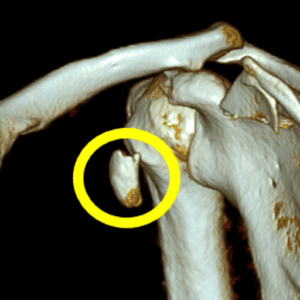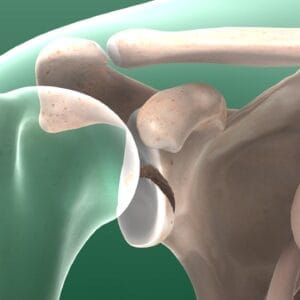How to Use Heat and Cold Therapy for Arm Pain Relief
Hand and wrist. Information for professionalsIntroduction Heat and cold therapy are two of the most commonly used treatments for pain relief, particularly when dealing with arm pain. Both therapies offer unique benefits, and when used appropriately, they can significantly enhance recovery and reduce discomfort. This article delves into how these therapies work, their proper application,
How to Use Heat and Cold Therapy for Arm Pain Relief Read More »












